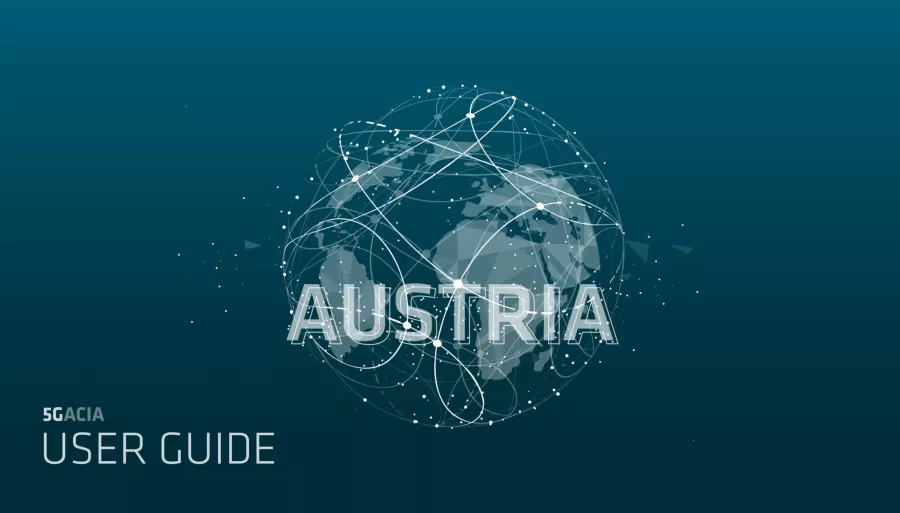Dedicated Spectrum for Local Non-Public (Private) Networks (NPN): 3.7-3.8 GHz
Germany allocates the range 3.7-3.8 GHz for local licenses intended for non-public (private) enterprise use (non-public networks, NPN) through an application process. The applicant must either be the property owner or authorized by the property owner for the specific area being requested. Networks can be deployed both indoors and outdoors. Depending on the planned use cases, applicants may request up to 100 MHz of spectrum, with a block size of 10 MHz. No in-block EIRP limits have been defined for base stations, while the limit for user equipment (UEs) is 28 dBm TRP. The Federal Network Agency (BNetzA) leaves interference coordination to be managed through agreements among licensees as the first step. In cases of interference and/or lack of agreement among licensees, restrictions based on a pre-defined field strength at or beyond the border of the assigned area apply. For unsynchronized networks, any guard bands between local assignments and adjacent nationwide assignments below 3700 MHz must be implemented by the local assignment holders.
Fees (3.7-3.8 GHz and 24.25-27.5 GHz):
The license fee depends on several factors, including the bandwidth, the size and type of the covered area, and the license duration (up to 20 years).
MNO spectrum: 3.4-3.7 GHz
The 3.4-3.7 GHz range has been allocated to Mobile Network Operators (MNOs) for public 5G networks. MNOs are permitted to build NPNs using their own spectrum or portions thereof, potentially in combination with spectrum from the 3.7-3.8 GHz range, and offer these networks to customers.
Local broadband spectrum: 24.25-27.5 GHz
The 24.25-27.5 GHz band (“26 GHz band”) is designated for local broadband applications and will be assigned on a technology-neutral and service-neutral basis, such as for Industry 4.0, IoT, and retail telecom services. Currently, there is no limit on the bandwidth that can be applied for; however, BNetzA assumes the largest bandwidth requested will be 800 MHz. The assigned block sizes are in multiples of 200 MHz, with a minimum of 50 MHz. Applications for cross-boundary spectrum usage are allowed. In cases where cross-boundary applications use the available spectrum heavily (i.e., less than 800 MHz remains), local users within property boundaries will be given the opportunity to express interest in acquiring spectrum for their own use. No in-block EIRP limits have been set for base stations or UEs. In situations involving unsynchronized or semi-synchronized networks, guard bands may be required and should be implemented using equal portions of spectrum from the operators’ assignments. Although no maximum permissible field strength at the assignment area border is defined, restrictions based on a pre-defined field strength limit at or beyond the border of the assignment area will apply in cases of interference or lack of agreement among licensees. Incumbent systems must be protected, which is considered during the application process. Details (German): https://www.bundesnetzagentur.de/DE/Fachthemen/Telekommunikation/Frequenzen/OeffentlicheNetze/LokaleNetze/lokalenetze-node.html






